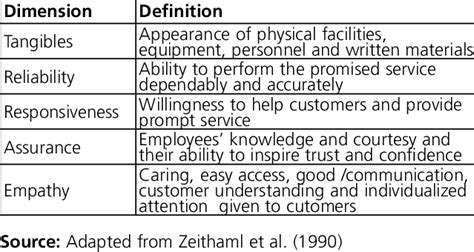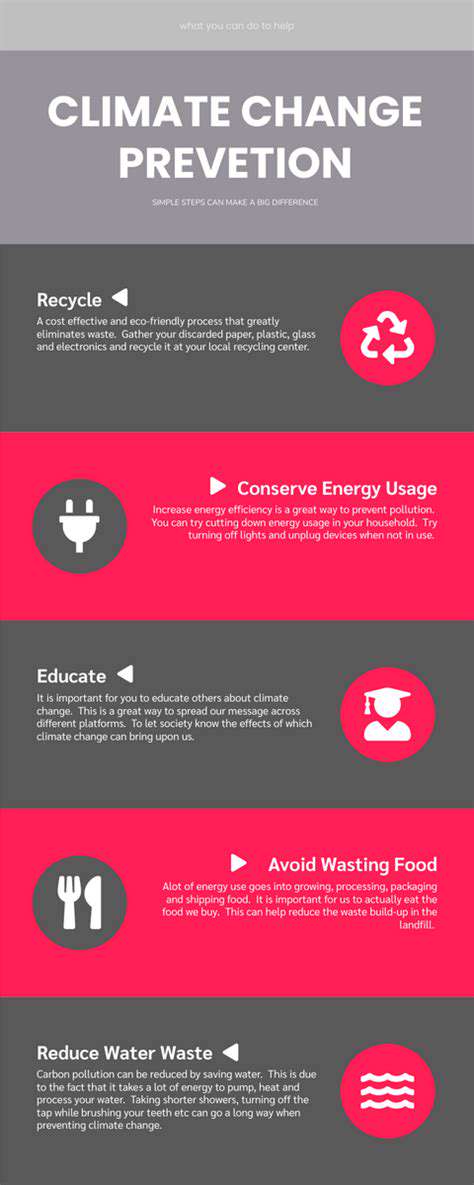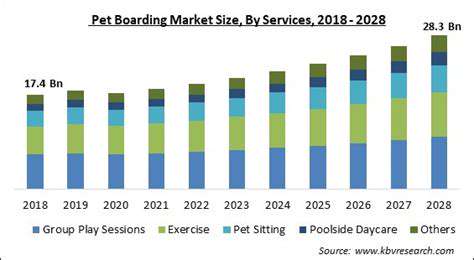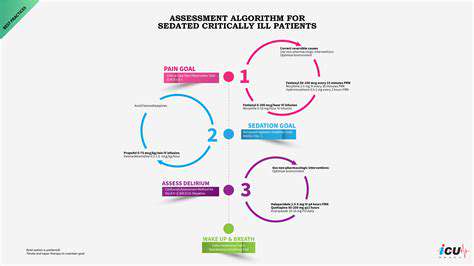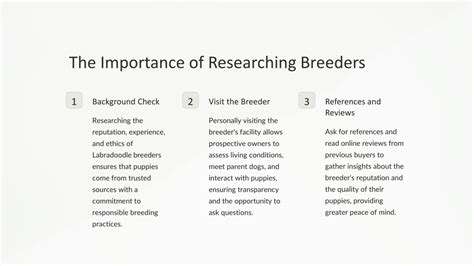Understanding Positive Reinforcement Training
Understanding the Importance of Shaping
Shaping is a powerful technique in positive reinforcement that allows us to gradually mold a desired behavior by reinforcing successive approximations. Instead of expecting a complex behavior to emerge fully formed, we break it down into smaller, achievable steps. Each step closer to the ultimate goal is rewarded, reinforcing the behavior and motivating the individual to continue progressing. This incremental approach makes learning more manageable and effective, especially for behaviors that are initially difficult or complex.
By rewarding intermediate steps, shaping fosters a sense of accomplishment and encourages further learning. This gradual progression is crucial for building confidence and motivation, especially when dealing with animals or individuals who are learning new skills. Shaping is not just about achieving a specific behavior; it's about building a positive learning experience and encouraging perseverance.
Generalization: Transferring Learned Behaviors
Generalization is the process by which a learned behavior is applied in different contexts or situations. A well-trained animal, for example, might learn to sit on command in a specific room. Generalization means that this behavior will also occur in other environments, even if they are slightly different. This is a critical aspect of positive reinforcement as it ensures that the learned behavior is not limited to a specific context but adaptable to various situations.
Effective training often involves deliberately introducing variations in the training environment to encourage generalization. This helps the individual understand that the learned behavior is applicable beyond the initial training setting. This flexibility is essential for successful application of the learned skill in real-world scenarios.
The Role of Reinforcement Schedules in Shaping and Generalization
Reinforcement schedules play a crucial role in both shaping and generalization. A consistent schedule of reinforcement helps to solidify the desired behavior, while a varied schedule can encourage generalization. For example, intermittent reinforcement can help to maintain a learned behavior over time and encourage the individual to perform the behavior even when reinforcement isn't immediate.
Understanding and manipulating the reinforcement schedule is key to successful shaping and generalization. By adjusting the schedule, trainers can fine-tune the learned behavior and ensure that it is applied across diverse contexts.
Contextual Cues and Their Influence
Contextual cues, or stimuli associated with a particular environment, can significantly influence the likelihood of a learned behavior being performed. If a dog has learned to sit in a specific room with a particular scent or sound, that cue might trigger the behavior even in other similar environments. Recognizing and understanding these cues is vital for positive reinforcement and shaping.
Consider the role of the environment in shaping and generalizing behavior. If a behavior is only reinforced in one specific context, generalization to other contexts will be more difficult. Therefore, trainers and educators should consciously consider the environmental factors and cues that influence the performance of the desired behavior.
Addressing Potential Challenges in Shaping
Shaping and generalization, while powerful techniques, can be challenging. One potential challenge is the need for patience and persistence. The process of shaping often involves breaking down complex behaviors into multiple steps, which can take time and effort. It is important to remain patient and persistent in the reinforcement process.
Another challenge may be identifying the appropriate successive approximations. Carefully observing the individual and understanding the progression of the behavior is crucial to ensure that each step is a genuine improvement. Careful observation and understanding of the behavior are essential.
The Importance of Positive Reinforcement in Shaping and Generalization
Positive reinforcement is fundamental to both shaping and generalization. By rewarding desirable behaviors, we encourage their repetition and strengthen the connection between the behavior and its consequence. This positive reinforcement approach fosters a more positive and encouraging learning environment.
Positive reinforcement builds motivation and encourages continued participation in the learning process. When individuals experience positive reinforcement, they are more likely to engage in the desired behavior and apply it across various situations.
Ethical Considerations in Shaping and Generalization
Ethical considerations are paramount when using shaping and generalization techniques, particularly with animals or individuals who are vulnerable. It's crucial to ensure that the techniques are used in a humane and respectful manner, always prioritizing the well-being of the individual.
The process should always prioritize the welfare and safety of the individual. The techniques should be used in a responsible and ethical manner, minimizing any potential negative consequences or discomfort. Ethical principles should guide the shaping and generalization process to ensure positive outcomes.
Read more about Understanding Positive Reinforcement Training
Hot Recommendations
- Holistic Pet Health: Integrating Approaches
- The Future of Pet Identification: Biometric Scanners
- Service Dogs for PTSD: A Guide to Support
- The Benefits of Non Anesthetic Professional Teeth Cleaning
- Herbal Supplements for Pet Joint Health
- The Intersection of IoT and Pet Wellness
- Healthy Weight Management for Senior Pets
- The Best Pet Beds for Orthopedic Support and Comfort
- Competitive Dog Sports: Agility, Flyball, Dock Diving
- Luxury Pet Hotels: Pampering Your Beloved Pet

